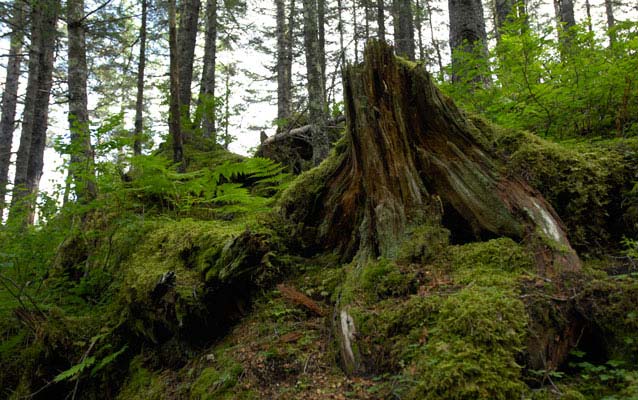I’m quite new to the interior of BC, so prior to this presentation I didn’t know the Robson Valley existed. The Robson Valley is located between the Rocky Mountain and the Columbia Mountains. Its unusual for the interior because its wet and cool, comprising an interior rain forest. The geology of the Robson Valley is quite diverse, which influences the high amount of endemic species within the region. The Robson Valley is home to a diverse array of vegetation with most of the diversity in unusual areas like cliffs. There are a wide variety of habitats in the Robson Valley like bogs, beaver dams, giant cottonwoods, tuffa seeps, and subalpine areas all with unique vegetation.
Dr Curtis Bjork and his team did a survey of the Robson Valley to record and identify as many photosynthetic species as possible. They found that the Robson Valley is a globally significant site for flora diversity. Much of the diversity in the valley comes from lichens and bryophytes that grow in the many diverse and unique habitats present in the valley. The old growth forest, low air pollution, and low disruption particularly influence the diversity of lichens and allows some very rare species to grow there.
I’m typically more on the fauna side of things, but nonetheless I found this presentation extremely interesting. I’m from the coast of Vancouver Island which is mostly rain forest, so I was happy to see a similar type of forest relatively close by. It was interesting to learn just how much the environment can affect lichens and how sensitive to changes they are. I had no idea something like types of metal in rocks, something I normally wouldn’t pay attention to, could have such an impact on which species of lichen can grow there.
I liked the way this presentation was split up the same way a scientific paper would be. Some of the methods Dr Bjork and his teams used to sample vegetation may be useful for my project as I have to characterize vegetation at some point. Isolating the methods in the presentation makes them easy to refer to later.
Dr Bjork answered all questions the audience asked very well and went into quite a bit of detail. I would have liked to ask how animals like birds or insects could impact which lichens could grow in an area, but I did not get the opportunity.

National Park Service

Recent Comments